Blog

This article provides practical, Muswell Hill-specific advice for homeowners looking to preserve their timber windows. It explains how the local climate affects timber, what maintenance tasks should be done regularly and when professional intervention is the best option.

Repairing sash windows is not a quick DIY fix; it involves skilled joinery, knowledge of traditional construction techniques and a careful balance between historic preservation and modern comfort. This article provides Muswell Hill homeowners with essential guidance on what sash window repair involves, why it matters and how expert restoration can enhance both the look and performance of their homes for years to come.

Slimline double glazing and secondary glazing systems have become popular choices in Muswell Hill, allowing residents to enjoy improved insulation while preserving traditional aesthetics. This article explores the most suitable double glazing options for Muswell Hill homes, explaining how they work, how they affect the appearance of period windows and why choosing specialists experienced with heritage properties ensures both compliance and exceptional results.

Sash window repair is not a quick cosmetic fix; it is a specialist task that combines joinery skills, knowledge of period construction and an understanding of how to improve energy efficiency without spoiling the look of the property. This article offers clear guidance for Barnet homeowners considering sash window repair, explaining common faults, what a professional restoration typically involves, and why choosing experienced specialists such as PM Windows delivers the best long-term results.

Double glazing is a natural consideration, but there is understandable concern about how it will look, whether it will comply with planning requirements and how it will affect the fabric of the building. Fortunately, contemporary glazing solutions are far more sympathetic than the bulky units of the past. This article looks at the best double glazing options for period homes in Barnet, explaining the differences between slimline units, secondary glazing and combined restoration approaches that respect both heritage and comfort.

The good news is that with a considered maintenance routine, timber windows can last for decades, retaining their beauty and functionality. This article offers practical advice tailored to Barnet’s climate and housing stock, helping you understand how to protect your windows, spot early warning signs and decide when professional help is needed.
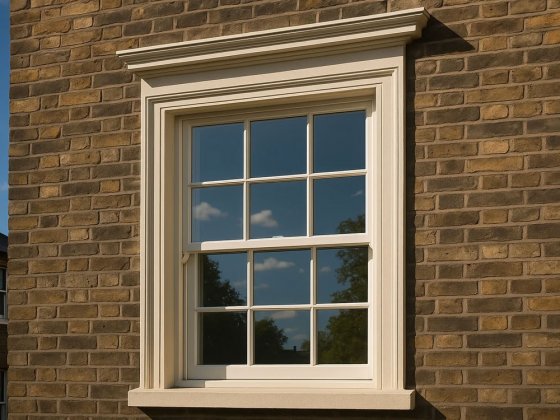
Homeowners often begin to notice draughts, sticking sashes, rattling panes, peeling paint or areas of moisture damage, especially in older frames. These issues tend to worsen gradually if left untreated. Proper sash window repair in Hackney involves specialist joinery, deep understanding of heritage construction, and careful balancing of original aesthetics with modern performance improvements. This article outlines what local homeowners should expect from sash window repair, why it matters in a heritage-rich borough, and how professional restoration can bring long-neglected windows back to life.
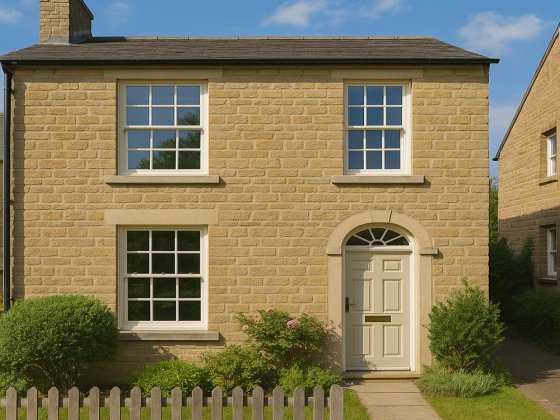
Sash window repair in Hertfordshire involves far more than cosmetic improvements; it requires skilled craftsmanship, traditional joinery knowledge and an understanding of how to enhance energy efficiency without compromising period authenticity. This article offers clear guidance for homeowners considering sash window repairs, explaining common issues, the repair process and the benefits of choosing experienced specialists who understand Hertfordshire’s architectural heritage.
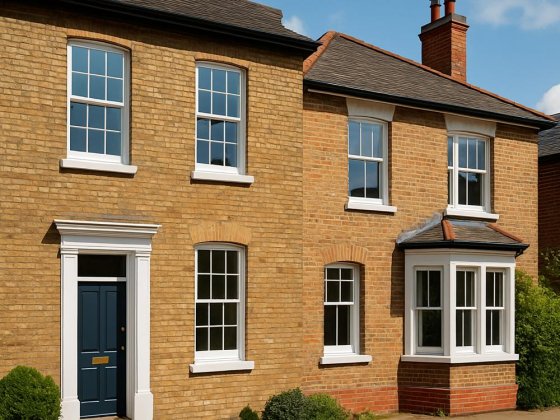
Homeowners increasingly look for glazing upgrades that improve thermal performance while preserving the appearance of their original timber windows. Slimline double glazing and secondary glazing systems are two of the most effective solutions for achieving this balance. This article explores both options in detail, explaining how they work, when they are suitable and why they are ideal for Hertfordshire properties where aesthetics and conservation often play a significant role.
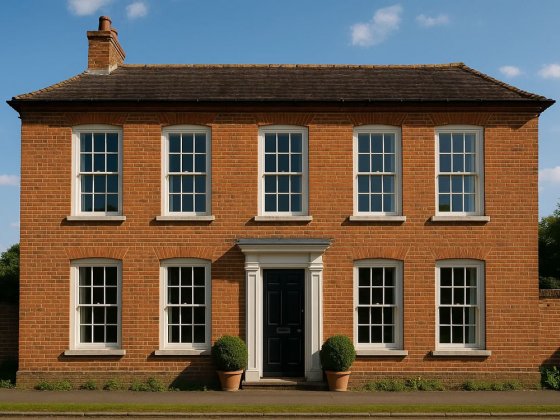
This article provides practical advice tailored to local conditions, explaining how timber reacts to the Hertfordshire climate and what routine tasks help prolong window life. Whether your home is in St Albans, Hertford, Hitchin, Harpenden or one of the county’s villages, the principles of good timber window care remain the same.
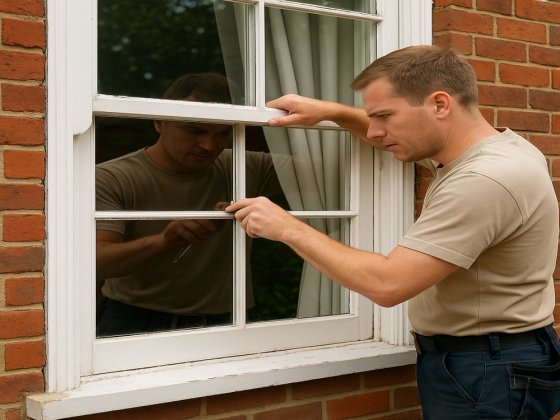
Many Enfield homeowners begin their repair journey unsure of what to expect, how extensive the work might be, or which solutions offer the best long-term results. To make the process easier, this article outlines the key considerations, common issues, and the advantages of working with seasoned specialists such as PM Windows. Whether your sash windows suffer from draughts, rattling, rot, or operational problems, proper repair can restore both beauty and function.
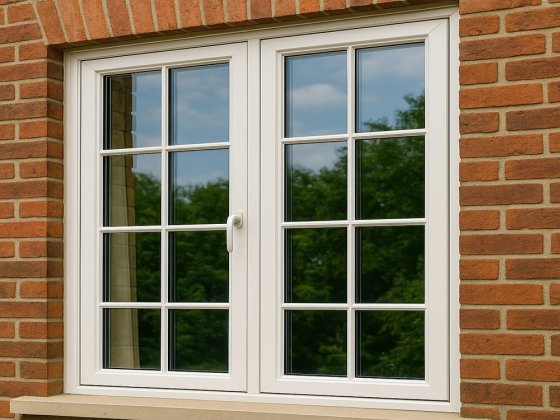
Fortunately, today’s glazing options are far more sophisticated than they once were, allowing sash windows to be upgraded discreetly and sympathetically. This article explores the most suitable double glazing solutions for period properties in Enfield, examining the benefits, compatibility with conservation considerations, and how experienced specialists such as PM Windows implement upgrades with precision and respect for historical detail.
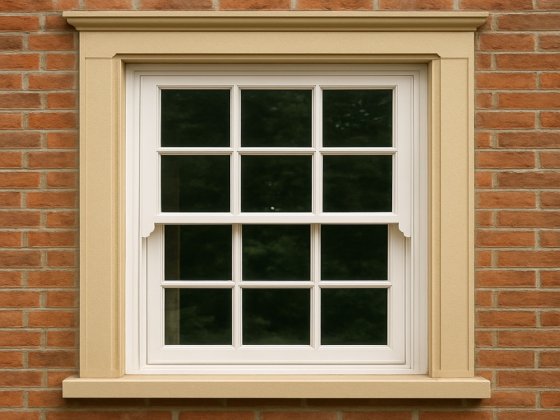
Enfield experiences a typical North London weather pattern: cool, damp winters, variable rainfall throughout the year, and occasional humid summer spells. These conditions can cause timber to expand, contract, absorb moisture, or deteriorate more quickly if not properly maintained. This article offers practical guidance for homeowners looking to protect their timber windows long-term, explaining how to prevent common issues, maintain the wood’s structural integrity, and keep sash windows functioning smoothly in every season. With the right care and attention, traditional timber windows can last for generations.
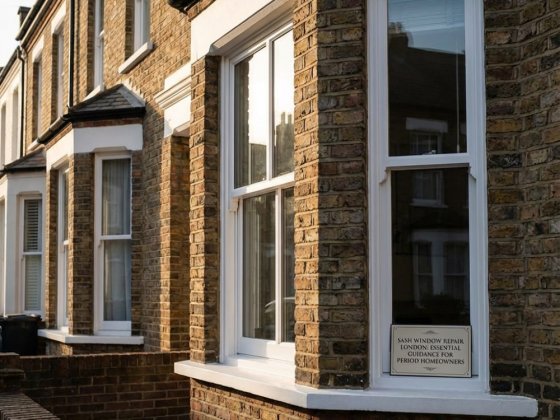
This article provides a complete guide to sash window repair in London-explaining common issues, repair techniques, performance upgrades and when to call specialists. Whether you’re facing minor wear or more advanced deterioration, this guide will help you make informed decisions about your home’s heritage windows.
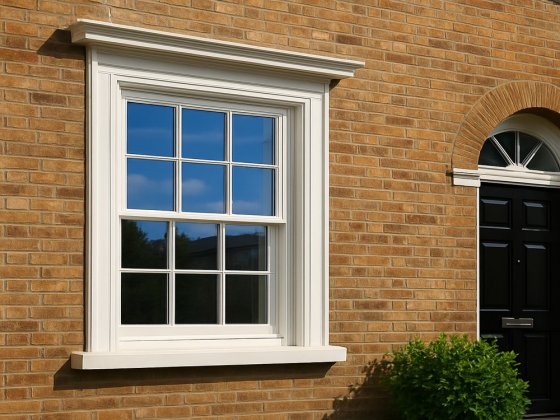
Slimline glazing technology provides high thermal performance while maintaining the slim sightlines necessary for period architecture. Whether you live in a Victorian terrace, an Edwardian bay-fronted home or a Georgian townhouse, upgrading to double glazed sash windows can transform your living experience. This article explains how double glazing works, why it is ideal for London homes and what homeowners should consider before choosing their glazing solution.

Today’s wooden sash windows combine traditional craftsmanship with advanced engineering, offering improved durability, thermal performance and weather resistance. This article explores the benefits of wooden sash windows in London, outlining timber options, design choices and maintenance considerations that help preserve the timeless charm of period homes.

Sash windows are elegant examples of traditional craftsmanship, combining form, function, and historical detail. While it might be tempting to take a DIY approach to repairs, especially when aiming to save money or time, restoring sash windows is rarely as straightforward as it seems. These windows operate on a carefully balanced system of cords, pulleys, and weights, and their frames are often made from high-quality, aged timber that demands expert care.
A simple mistake – from using the wrong filler to misaligning a sash – can cause irreversible damage, compromise insulation, or even breach planning regulations in listed properties.
In this article, we’ll explore the key reasons why DIY sash window repairs can backfire – and why trusting experienced specialists ensures your windows retain their charm, function, and structural integrity for decades to come.

The answer varies depending on several key factors: the craftsmanship involved, the type of timber used, the finishing techniques applied, and – perhaps most importantly – the level of maintenance carried out in the years that follow.
In this article, we’ll explore what influences the longevity of restored sash windows, what signs suggest a second round of repairs might be due, and how proper care can extend their lifespan well beyond expectations – giving your home both lasting beauty and reliable protection.

Sash windows are renowned for their timeless elegance and impressive longevity – but like any feature in your home, they need consistent care to stay in top condition. Regular servicing not only helps preserve their traditional charm but also ensures smooth operation, better energy efficiency, and long-term durability.
One of the most frequent questions we hear from homeowners is: how often should sash windows be serviced? The answer depends on several factors – including weather exposure, property location, and the materials used – but a proactive maintenance schedule can prevent costly repairs down the line.
From annual inspections and routine hardware checks to repainting and occasional reglazing, sash window servicing doesn’t need to be complicated. In fact, just a few small tasks done regularly can extend the life of your windows by decades.

Restoring sash windows is one of the most valuable investments you can make in a period property – but knowing when to do it can make all the difference. While professional restoration is technically possible throughout the year, certain seasons offer more favourable conditions for ensuring a longer-lasting, higher-quality finish. Timing your project well can improve the durability of the work, avoid weather-related setbacks, and even help you get better availability from trusted specialists like PM Windows.
In this article, we’ll walk you through the advantages and drawbacks of restoring sash windows during each season – from crisp spring mornings to cold winter days – so you can make an informed decision based on your home’s needs and the unpredictable nature of the British climate.

Whether your windows are sticking, rattling in the wind, showing signs of timber decay, or simply not performing as they should, these could be early warnings that expert attention is needed. In many cases, small adjustments or repairs carried out by a specialist can extend the life of your windows by decades – far more sustainable and cost-effective than full replacements.

This article explores the many ways in which traditional sash windows can contribute to a greener, more energy-efficient home. From their long lifespan and local craftsmanship to their compatibility with modern draught-proofing and glazing solutions, you’ll discover why sash windows are a smart choice for eco-conscious homeowners looking to combine character with sustainability.

This article explores the key differences between handcrafted and mass-produced windows – from materials and joinery to longevity, value, and sustainability. If you're deciding which route to take for your home improvement project, understanding what sets bespoke craftsmanship apart will help you make a more informed and rewarding choice. After all, your windows should be as enduring and characterful as the home they belong to.

Preserving the original charm of a period property while improving its comfort and efficiency can often feel like a balancing act – especially when it comes to windows. Sash windows are a defining feature of many historic homes, but they’re also notorious for letting in draughts, noise, and cold. For homeowners keen to retain their property’s authentic character without compromising on warmth or quiet, secondary glazing remains one of the most effective and sympathetic solutions available.
Rather than replacing your original windows, secondary glazing adds a discreet internal pane that boosts thermal and acoustic performance while leaving your existing frames untouched. It’s especially ideal for listed buildings or homes in conservation areas, where modernisation is tightly controlled.
In this article, we explore what secondary glazing is, its many benefits, and why it continues to be a smart choice for those looking to combine traditional aesthetics with modern-day comfort – all without the need for major renovation work.

For years, double glazing was seen as incompatible with traditional sash windows – a modern convenience at odds with period aesthetics. Thick uPVC frames, clumsy spacer bars and bulky profiles simply didn’t sit well within the refined proportions of Georgian, Victorian or Edwardian timber windows. As a result, many heritage homeowners were forced to choose between preserving the look of their property and improving its comfort and energy efficiency.
Whether you're maintaining an original sash window or commissioning new bespoke joinery, understanding the evolution of double glazing is key. In this article, we explore how far technology has come, which options are best for listed buildings, and why slimline double glazing now offers the perfect balance between preservation and performance.

When investing in sash windows, one of the most important decisions you’ll make is choosing the right type of timber. This choice will influence not only how your windows look, but how they perform and how long they last. The classic debate centres around hardwood versus softwood – and while both have their merits, the ideal option depends on your home’s needs, your personal preferences, and your budget.
Hardwood is often praised for its superior durability and elegant grain, making it a top choice for period properties and homeowners seeking long-term performance with minimal upkeep. Softwood, on the other hand, offers excellent value for money, especially when engineered and treated properly – a popular option across the UK for those who plan to paint their frames.

In this article, we’ll explore how thoughtful window design – especially timber sash windows – can influence everything from concentration and sleep to spatial perception and emotional balance. Whether you’re renovating a period property or building anew, understanding the psychology of windows can help you create a space that not only looks beautiful but truly feels like home.

Timber sash windows are one of the most defining features of British period architecture. From stately Georgian terraces to decorative Victorian villas and elegant Edwardian homes, these windows tell the story of how design and lifestyle evolved over time. For homeowners, architects, and restorers alike, understanding the distinctions between each architectural era is essential – especially when it comes to preserving character and ensuring historically accurate renovations.
While all sash windows share core elements – sliding mechanisms, vertical symmetry, and traditional joinery – the details vary dramatically from period to period. Glazing patterns, frame proportions, decorative features and materials each offer clues about the age and origins of a home.

Whether you're refurbishing period windows or installing new ones, selecting an appropriate finish can dramatically affect maintenance needs, durability, and how well the windows blend with your property’s style. With so many options available—from classic paints and stains to bespoke colour matching—it’s important to understand the pros and cons of each. This guide will walk you through the most popular timber finishes, helping you make a choice that suits both your taste and your home's character. Let’s explore how to keep your sash windows looking their best for years to come.

Whether you’re renovating for resale or simply improving your living space, understanding how sash windows influence property value is key. In this article, we explore five compelling reasons why sash windows are a smart investment for any period home.

As the seasons shift and the days grow shorter, the focus for many homeowners turns inward – not just towards comfort and warmth, but also towards the condition of their home’s key features. Among the most vulnerable elements of a property during winter are its windows, especially traditional timber sash windows. While admired for their elegance, period charm and craftsmanship, these windows require a little more attention than their modern counterparts when cold weather sets in.
In homes across the UK – particularly period properties in areas like London, Oxford, or Bath – sash windows are a defining architectural feature. But as temperatures drop and humidity rises, timber frames face their greatest seasonal challenge. Without proper preparation, even the highest quality windows can suffer from draughts, swelling, flaking paint or worse – timber rot.

If you own a property in a conservation area, you’re a custodian of history. Maintaining the aesthetic integrity of your home while ensuring comfort and efficiency requires a delicate balance

One of the most effective ways to upgrade these windows without compromising their character is through draught-proofing.

However, even the best-kept sash windows eventually reach a point where repair is no longer viable. Knowing the signs that it’s time for replacement can save you money in the long run and significantly improve your home's comfort, energy efficiency, and security.

But like any traditional structure, they require care and attention. Spotting the early signs of sash window damage is crucial if you want to preserve their value, avoid expensive repairs, and keep your home comfortable all year round.
In this article, we’ll explore the most common warning signs that your timber sash windows may be suffering from damage – and what to do when you see them.
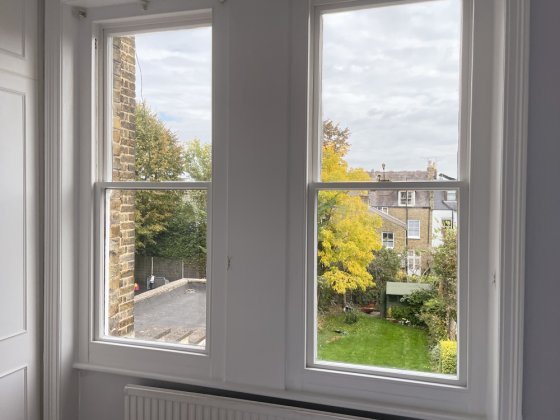
The Economical and Practical Advantages of Autumnal Renovations
1. Cost Efficiency Before Winter: With winter around the corner, the cold drafts and heat losses through ill-fitted or deteriorated windows can lead to escalated heating bills.
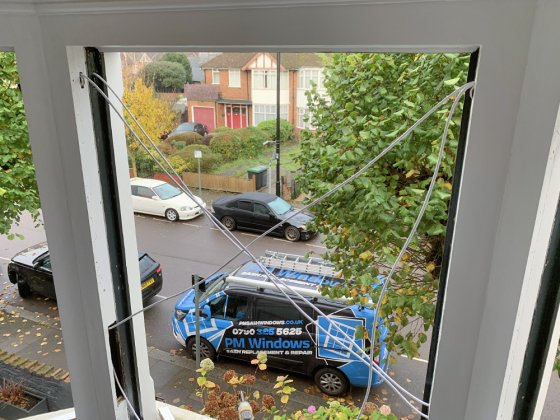
When it comes to window repair or renovation, it's more than just a job for us – it's a craft we've honed over the years. Restoring wooden windows to their original style while incorporating modern performance enhancements is our forte. We are well-versed in North London's diverse architectural styles, especially in period properties, and we strive to maintain their unique charm in all our repair and replacement work.
Traditional sash windows are known for their sliding mechanism, lending a unique touch of elegance to any home.
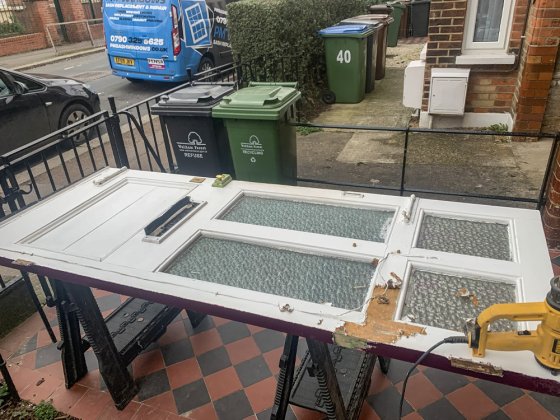
Our Dedication to Preserving North London's Architectural Heritage
At PM Windows, our work goes beyond mere repair and renovation. It is our heartfelt passion and commitment to preserving the unique architectural features of our customers' homes in North London. We view ourselves as guardians of your property's historical character, ensuring that the wooden frames in your home receive the best treatment and an honest and caring attention to detail.
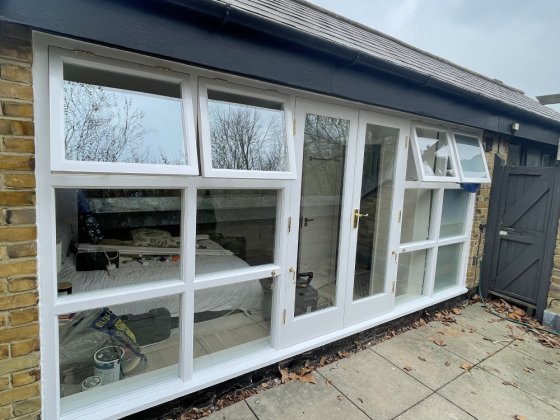
French Doors: Echoing the Voice of History
Our love affair with French doors goes all the way back to the French Baroque era, blossoming in the Renaissance period, a time of unprecedented development in art, culture, and, yes, architecture. The evolution of glass-making technologies transformed the home design landscape, allowing for more light and elegance in our living spaces. French doors were a wonderful outcome of this innovation. Whether used internally to create a seamless flow between rooms or externally to merge indoors and outdoors, they have become synonymous with style and sophistication.
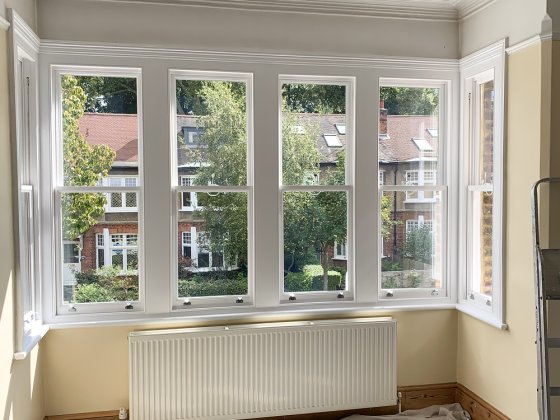
Our journey begins with a meticulous frame inspection. It's essential to thoroughly evaluate the condition of the sash frame to understand the extent of the damage. This process allows us to determine the scale of the repair work required, whether it's minor or major.
Once we understand the state of the frame, the second stage involves paint...

Let's tackle the cost aspect first. We firmly believe in maintaining a balance between preserving history and improving your home's aesthetics and practicality. Our experience shows that restoring wooden sash windows can be far more cost-effective than full replacement.
Restoration isn't merely about applying a fresh coat of paint. It's a detailed process involving treating rot, ensuring the window's smooth operation, reinforcing weatherproofing, and maintaining the aesthetic charm. These repairs, carried out...
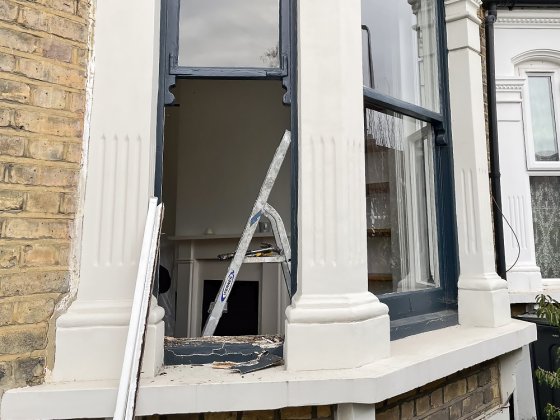
Home Maintenance: A DIY Approach
Firstly, remember the adage "Prevention is better than cure". This applies wholeheartedly to wooden sash windows. Consistent home maintenance can help prevent minor problems from developing into major issues, saving you time, effort and money in the long run...
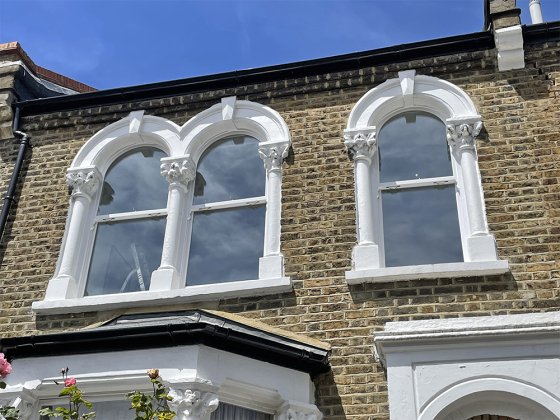
Various Sash Windows Styles:
Sash windows typically comprise one or more movable panels or 'sashes'. These sash designs vary significantly across styles, often taking the form of a single or ...
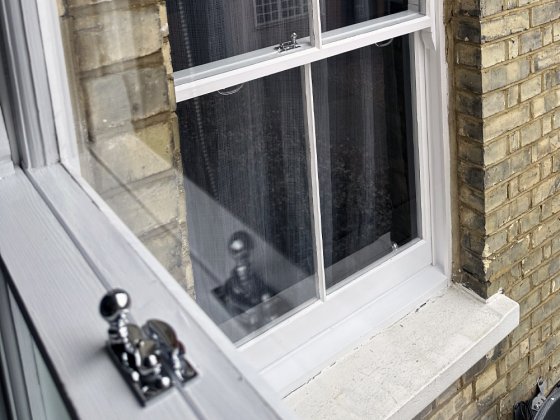
The following guide provides a comprehensive breakdown of these parts, divided into exterior and interior components, for easier understanding.
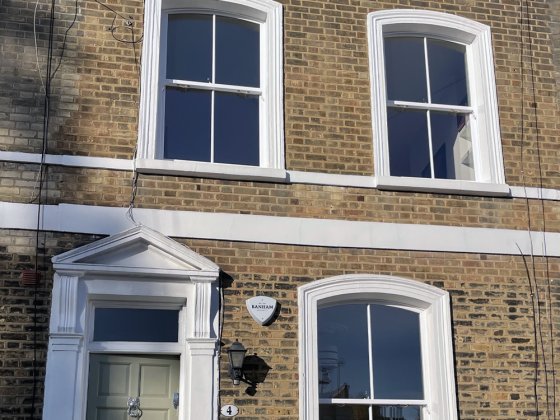
The popularity of sash windows soared during the Georgian era (1714-1837) as they were seen as a status symbol, enhancing the exterior aesthetic of homes with their elegant simplicity.
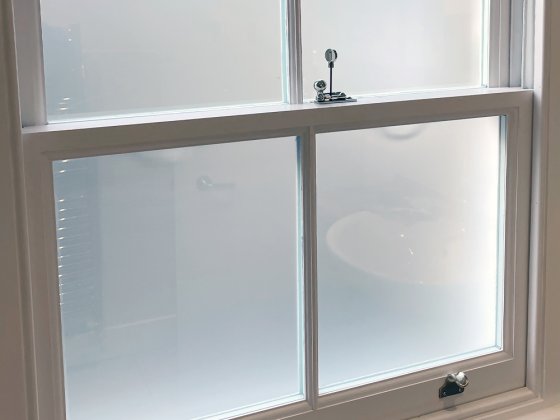
Sash windows, characterised by their vertical sliding panels, have been an architectural staple in British heritage buildings since the 17th century.